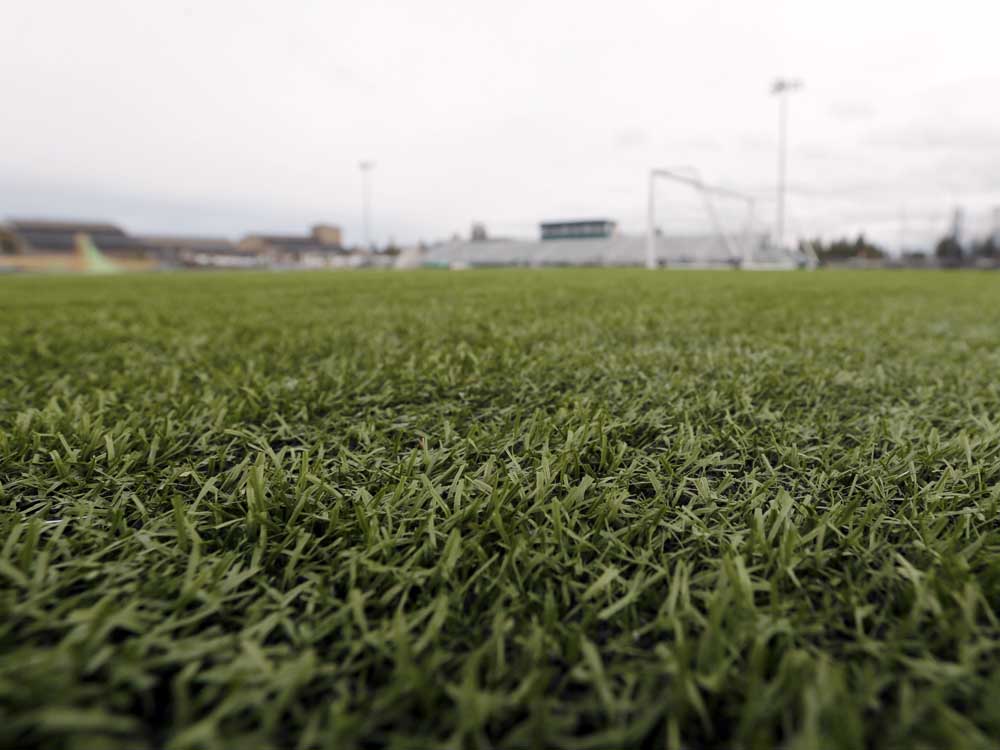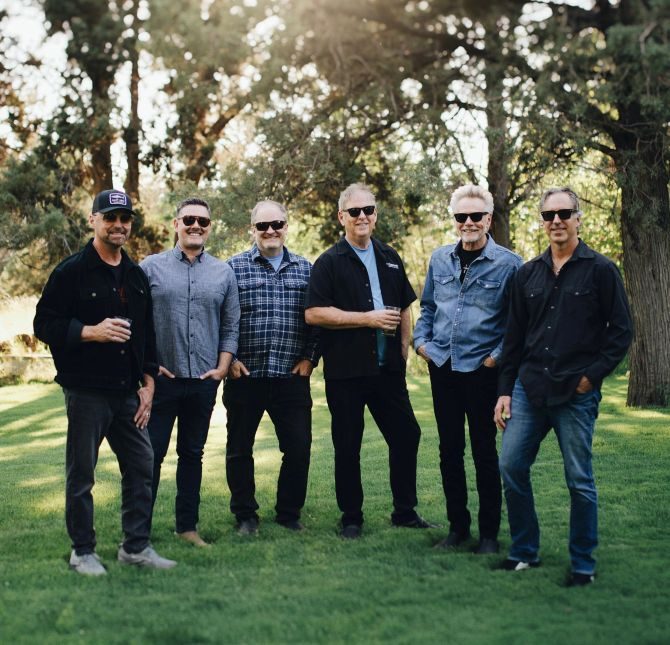No artificial turf for Bend’s new high school
Published 12:00 am Monday, November 5, 2018

- The artificial turf field at Summit High School. (Joe Kline/Bulletin file photo)
A fourth comprehensive high school in Bend will open its doors in fall 2021, complete with a large sports complex. But its football, soccer and lacrosse teams will be using a natural grass field, instead of artificial turf such as on the field at Summit High School.
According to Mike Tiller, Bend-La Pine Schools’ executive director of facilities, the school board decided in 2007 that all high schools would have exclusively grass fields. He added that turf isn’t cost-effective and that Central Oregon’s dry climate doesn’t require turf fields.
“I think turf makes a lot of sense in the (Willamette) Valley where it rains a lot and grass can get muddy,” he said. “Thankfully, we don’t have that problem.”
However, in 2007, the school board allowed a group of parents and community members — including former NFL and Washington State quarterback Drew Bledsoe — to fundraise for an artificial turf field at Summit after sinkholes destroyed the school’s original grass field.
At the time, Bledsoe told The Bulletin that if any of Bend-La Pine’s other schools had a destroyed football field, “I absolutely would’ve stepped in and helped.”
District Athletic Director Sal Cassaro said the cost difference between a grass and turf field was “negligible,” considering that grass is cheaper at first but has more maintenance costs. According to Cassaro, some teams would prefer a turf field due to its all-weather usage and lack of mud. But he agreed with Tiller that since Bend isn’t too rainy, the difference between grass and turf wasn’t very big.
Some would rather see the fourth high school have turf, however. Bend High School men’s soccer coach Nils Eriksson said having a grass field is hard to maintain in a high-elevation city like Bend, which also has a short growing season. He added that although most athletes would prefer a “very good grass field,” he called the likelihood of a high-quality grass field in Bend “unrealistic.”
“Turf fields have come such a long way in the past 15 years, so today they’re pretty close,” he said. “They’re not as hard on your body as they used to be.”
Eriksson added that because most of the schools in the Salem area, which Bend schools now play in-league games against, have turf, it creates an uneven advantage.
“For soccer, when you try to play the ball on the ground, a level playing field is very important,” he said. “When you play against schools on a lot of turf fields, it is hard to adjust to the faster game on turf.”
In an email to The Bulletin, Bledsoe said the turf field at Summit “has been everything we hoped and more,” and that the decision to move away from grass “was quite obvious.”
“Hopefully they will change their approach,” Bledsoe wrote about the district’s policy to stick with grass fields.
According to artificial turf vendor FieldTurf, the initial cost of a turf football/soccer/lacrosse field in Bend — including the cost of installing a sub-base for the turf — would be about $640,000.
Tiller said that if a group of parents want to raise funds for a turf field in the new southeast Bend high school, “that opportunity is still open and available.” Bledsoe wrote that he hadn’t heard of anyone fundraising for a field at the new high school.
Bend’s newest high school will be located in the southeastern corner of Bend, at the intersection of SE 15th Street and Knott Road. It is expected to serve 1,600 students.
In September, the Bend-La Pine School Board received a virtual tour of what the high school might look like when completed in 2021.
— Reporter: 541-617-7854, jhogan@bendbulletin.com








